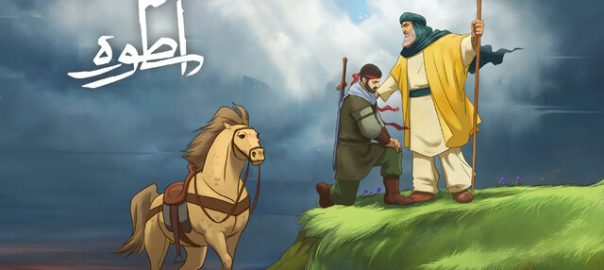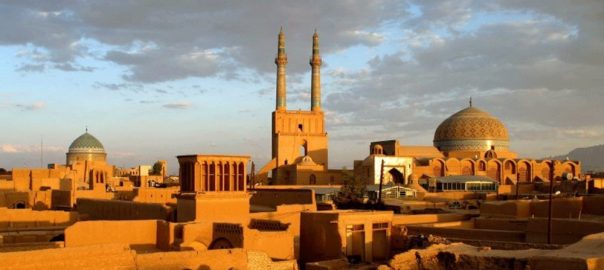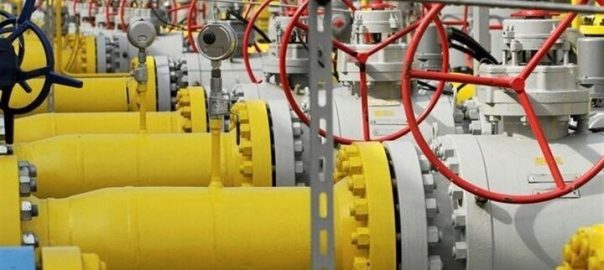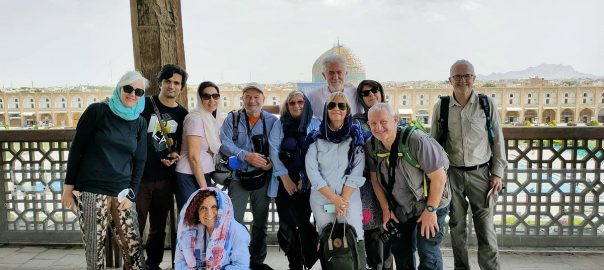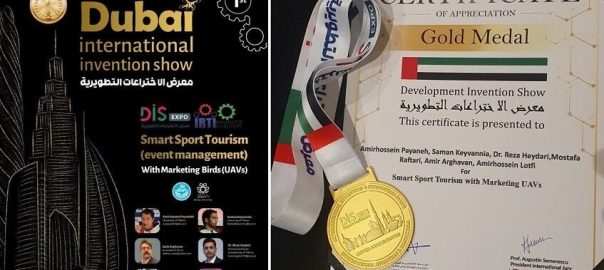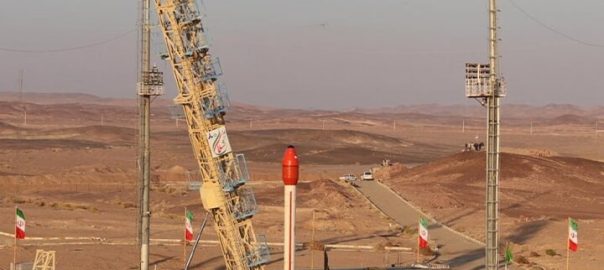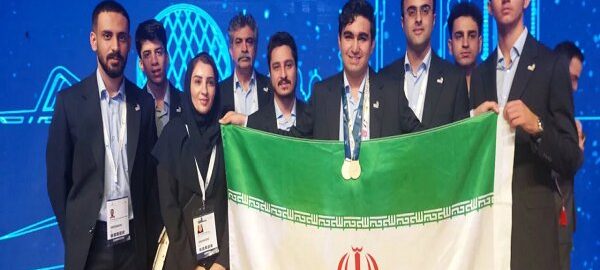The number of foreign arrivals in Iran reached 4.4 million during the first eight months of the current Iranian year (started on March 21), which shows 48.5 percent compared to that of the last year.
“Iran’s tourism experienced a growth of 48.5% in the first eight months of this year, attracting 4.4 million and 400 thousand visitors motivated by trade, medical treatment, pilgrimage, and tourism,” Moslem Shojai, who presides over the ministry’s foreign tourism marketing and development office, said on Tuesday.
Data compiled by the tourism ministry suggests that 1.8 million visitors from West Asia traveled to Iran in the first seven months of this year, showing a growth of about 31% compared to the same period last year. This growth surpassed that of Bahrain, Kuwait, Iraq, and Saudi Arabia.
He said some 258,000 visitors from Turkey arrived in the Islamic Republic in the first six months of this year which shows a 36% growth compared to the same period last year.
Moreover, countries within the ECO (Economic Cooperation Organization), including Tajikistan, Azerbaijan, Uzbekistan, Turkmenistan, Kazakhstan, Kyrgyzstan, and Afghanistan, also saw a 55% growth with 1.1 million visitors in the first six months of this year, the official stated.
Referring to Chinese nationals, who enjoy visa-free travels to Iran, Shajai said: In the first six months of this year, the number of Chinese arrivals increased by 67% compared to the pre-pandemic period.
He said travel from Russia to Iran increased by approximately 14% with the entry of 21,200 people.
Despite reports from agencies indicating a decline in European tourist visits to Iran since last year. However, the official highlighted positive growth from some European countries.
“For instance, arrivals from Sweden experienced a 34% growth during the same period, accounting for about 6,600 visitors, including Iranian residents in Sweden traveling to Iran for tourism purposes.”
He put the number of German visitors to Iran at 12,000 in the first six months of this year, which is almost the same as the period last year.
Shojai highlighted notable growth in travel from India to Iran, with 31,000 visitors in the first six months of this year, experiencing a 25% growth compared to the same period last year.
Moreover, he emphasized that Iran’s tourism is not limited to a single market or specific type, as foreigners visit the country for various reasons including pilgrimage, medical treatment, trade, historical, and cultural interests.
Earlier this year, Ebrahim Pourfaraj, the former head of the Iranian Tour Operators Association, said the number of inbound passengers has dramatically declined, suggesting that “hardly any tourists come to Iran, not even for free.”
According to available data, the Islamic Republic saw 3.35 million foreign arrivals in the first half of the current Iranian year, which soared 38 percent year on year.
Pursuing a border-easing scheme, the Iranian government mulls abolishing visa requirements for passport holders from 68 countries. The country seeks to encourage overseas travelers, though available evidence suggests it will not be finalized to be implemented shortly. Its tentative list includes Argentina, South Africa, Indonesia, Jordan, Uruguay, Uzbekistan, Estonia, Slovakia, Slovenia, Ecuador, Algeria, UAE, Bahrain, Bolivia, Bosnia and Herzegovina, Brazil, Belarus, Bulgaria, Burkina Faso, Paraguay, Peru, Tanzania, Tajikistan, Thailand, and Turkmenistan.
Tunisia, Czech Republic, Russia, Romania, Japan, Ivory Coast, Singapore, Senegal, Sudan, Seychelles, Chile, Serbia, Saudi Arabia, Ghana, Finland, Cyprus, Kyrgyzstan, Kazakhstan, Qatar, Cameroon, Croatia, South Korea, Colombia, Comoros, Kuwait, Guinea, Poland, Luxembourg, Libya, Lithuania, Malaysia, Maldives, Hungary, Macedonia, Mexico, Mauritius, Mali, Madagascar, Niger, Vietnam, Yemen, Greece, and India constitute other states whose nationals may be granted visa-free access.
According to available data, Iran’s tourism had constantly been growing before the COVID-19 pandemic, reaching more than eight million visitors in the Iranian calendar year 1398 (started March 21, 2019). Based on the latest United Nations World Tourism Organization (UNWTO) World Tourism Barometer, foreign tourist arrivals in Iran reached some 2.93 million between January and July 2023.
The Islamic Republic expects to reap a bonanza from its numerous tourist spots such as bazaars, museums, mosques, bridges, bathhouses, madrasas, mausoleums, churches, towers, and mansions, of which 27 are inscribed on the UNESCO World Heritage list. /T.T/

